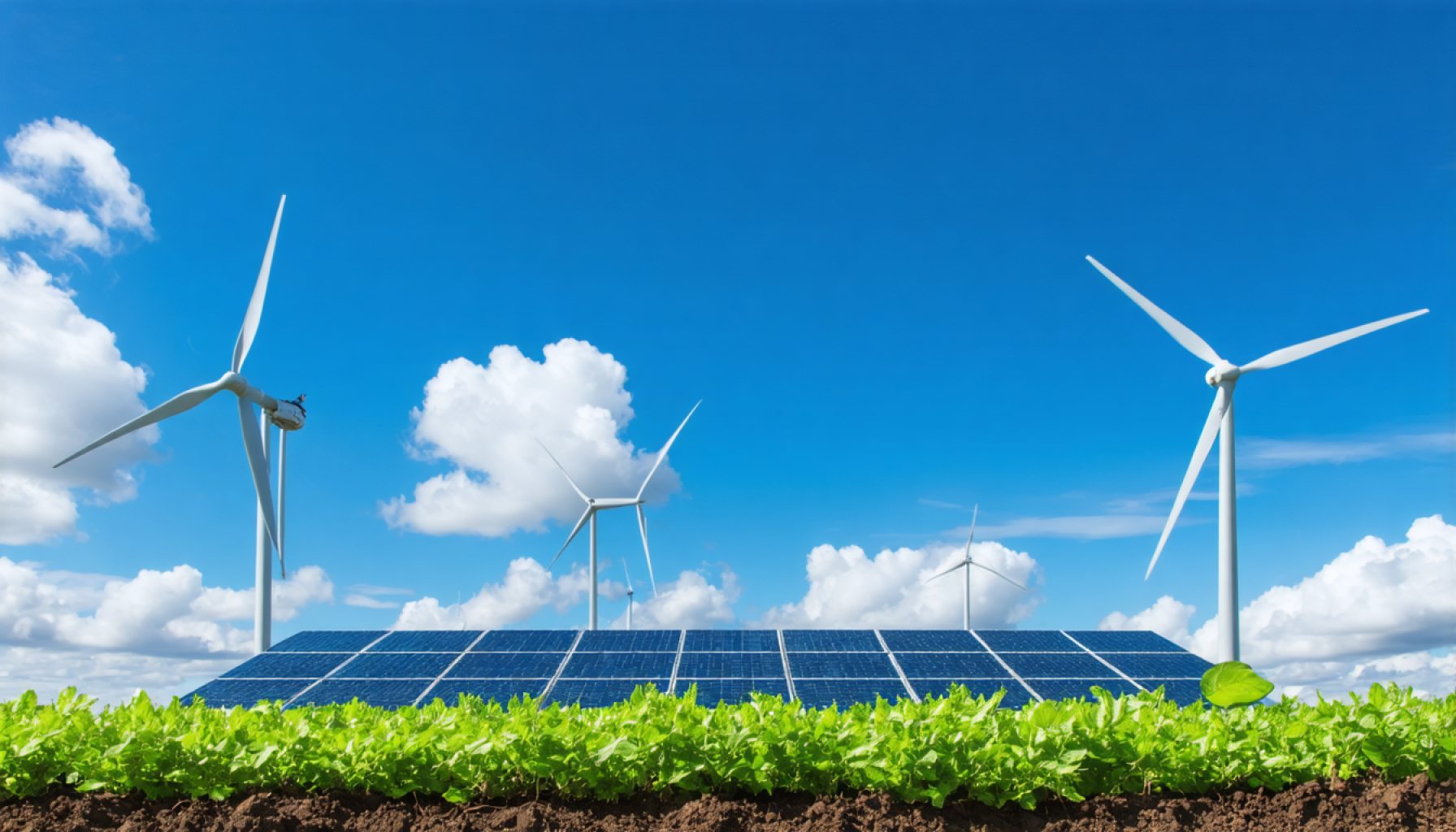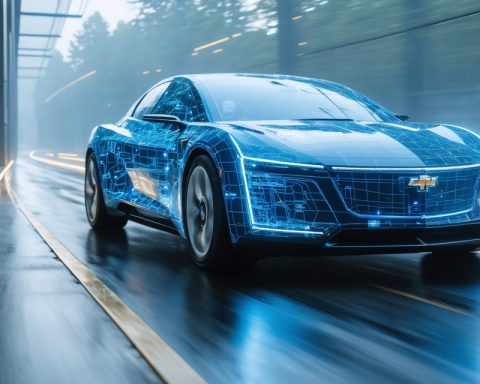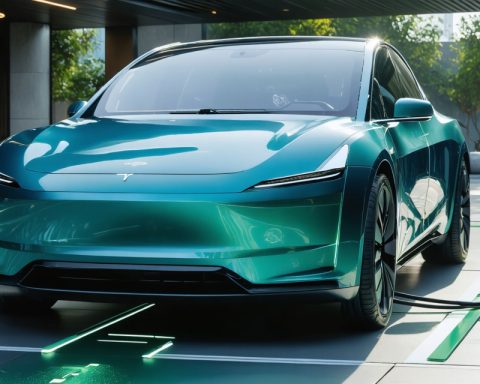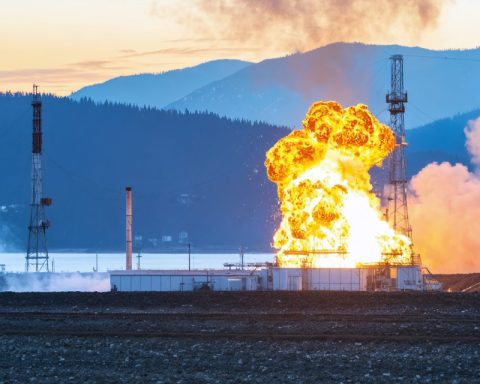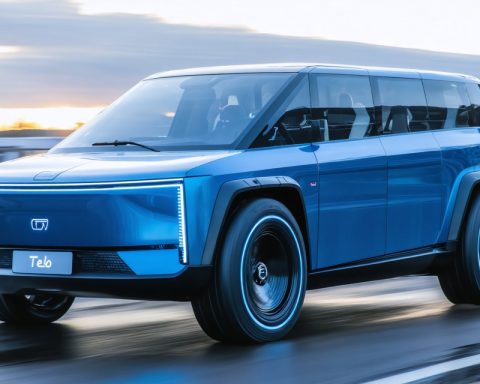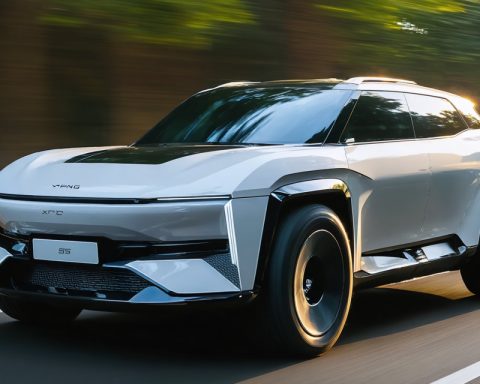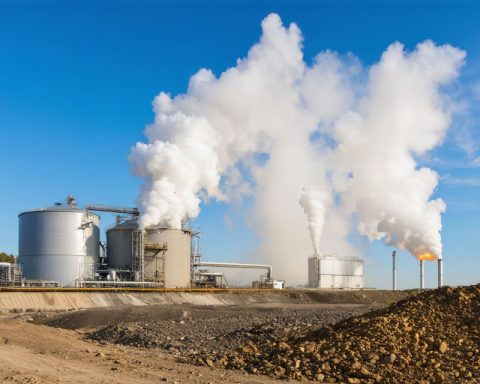- TotalEnergies and Air Liquide collaborate to advance green hydrogen, targeting decarbonization of industries and transportation in Europe.
- The key projects, ELYgator and the Zeeland Electrolyzer, utilize offshore wind to produce significant amounts of renewable hydrogen.
- ELYgator, located in Rotterdam, generates 23,000 tons of renewable hydrogen annually and features a 200MW capacity.
- The Zeeland Electrolyzer, with a 250MW capacity, supports TotalEnergies’ refining operations, strengthening the supply chain.
- These projects envision significant carbon emissions reductions and foster energy independence and security in Europe.
- Green hydrogen infrastructure could facilitate zero-emission transportation, inclusive of trucks, ships, and trains.
- TotalEnergies and Air Liquide’s initiatives align with the goal of achieving net-zero carbon emissions by 2050.
The skies above Europe are starting to clear as TotalEnergies and Air Liquide ignite a green revolution with their audacious push for green hydrogen. This collaboration marks a powerful stride towards decarbonizing industries that have long been entangled in a web of fossil fuels. The dynamic duo’s mission? To breathe life into cleaner energy pathways that ripple through heavy industries and transportation networks.
At the heart of this groundbreaking effort are two formidable projects: ELYgator and the Zeeland Electrolyzer. Perched on the windswept shores of Rotterdam, the ELYgator is an impressive 200MW electrolyzer, channeling the raw power of the sea’s gusts into 23,000 tons of renewable hydrogen annually. Nearby, in Zeeland, a second, 250MW project promises to further bolster the supply chain for TotalEnergies’ refining operations.
These colossal undertakings, fueled by offshore wind, are architectural marvels of modern energy transformation. They promise to slash carbon emissions by hundreds of thousands of tons each year and to provide a verdant lifeline to Europe’s carbon-heavy industries. Against a backdrop of towering wind turbines, green hydrogen emerges as the climate hero Europe so desperately needs.
But the implications stretch beyond environmental stewardship. Imagine a network where hydrogen flows seamlessly through pipelines, powering trucks, ships, and even trains with zero emissions. This duo is not just cutting CO2—it’s forging a future where energy independence and security sit comfortably within Europe’s grasp.
As the forge of innovation heats up, TotalEnergies and Air Liquide stand poised to redefine the energy landscape, charting a course towards a net-zero horizon by 2050. Embrace this moment—the era of green hydrogen has dawned.
How Green Hydrogen is Transforming Europe: A Deep Dive into the ELYgator and Zeeland Electrolyzer Projects
How-To Steps & Life Hacks for Green Hydrogen Adoption
1. Identify Renewable Energy Sources: The first step in the transition is finding reliable renewable energy sources such as offshore wind farms, similar to those powering the ELYgator and Zeeland projects.
2. Evaluate Infrastructure Needs: Establish the necessary infrastructure, including electrolyzers and hydrogen pipelines. Planning is crucial to accommodate production and distribution.
3. Secure Partnerships: Collaborate with companies experienced in hydrogen technology, like TotalEnergies and Air Liquide, to leverage expertise.
4. Implement Pilot Projects: Start with smaller-scale projects to test and optimize technology before committing to larger investments.
5. Consider Financing Options: Government incentives, grants, and private investments can help mitigate the initial high costs.
Real-World Use Cases
– Transportation: Hydrogen-powered trucks, ships, and trains are emerging as viable options for reducing emissions in logistics.
– Industrial Applications: Industries such as steel and chemical manufacturing can leverage green hydrogen to replace carbon-intensive processes.
Market Forecasts & Industry Trends
The global green hydrogen market is projected to reach USD 89.18 billion by 2030, growing at a CAGR of 54.7% from 2021 to 2030, driven by increasing governmental regulations and the need for sustainable energy solutions (source: Global Market Insights).
Reviews & Comparisons
– Comparison with Blue Hydrogen: Green hydrogen is produced using renewable energy, resulting in zero carbon emissions. In contrast, blue hydrogen relies on natural gas and carbon capture technology, which still involves some emissions.
– Hydrogen vs. Battery Electric Vehicles (BEVs): While BEVs are popular for small passenger vehicles, hydrogen fuel cells are more suitable for heavy transportation due to higher energy density and faster refueling times.
Controversies & Limitations
– High Initial Costs: The cost of electrolyzers and renewable energy infrastructure remains high, posing significant financial barriers.
– Energy Efficiency: Hydrogen production and conversion involve energy losses, making systems less efficient compared to direct electricity use in BEVs.
Features, Specs & Pricing
– ELYgator Specifications: A 200MW electrolyzer capable of producing 23,000 tons of hydrogen annually. Precise pricing is proprietary but involves both capital and operational expenditures.
Security & Sustainability
– Energy Security: Provides diversification, reducing dependency on fossil fuel imports and enhancing energy security.
– Environmental Impact: Aims to drastically lower carbon emissions in sectors traditionally reliant on fossil fuels.
Insights & Predictions
The move towards green hydrogen is likely to accelerate as technology advances and economies scale. By 2050, hydrogen could account for up to 18% of the world’s energy consumption (source: Hydrogen Council).
Tutorials & Compatibility
– Compatibility with Existing Systems: Retrofitting current infrastructure can be challenging. Transition strategies include blending hydrogen with natural gas in existing pipelines.
Pros & Cons Overview
Pros:
– Zero emissions at the point of use.
– Versatile applications across multiple sectors.
– Enhances energy independence.
Cons:
– High initial investment.
– Energy-intensive production processes.
– Requires development of new infrastructure.
Actionable Recommendations
– Policy Engagement: Influence policy to favor green hydrogen incentives.
– Education and Training: Invest in training programs for workforce development in hydrogen technology.
– Risk Assessment: Regularly assess and mitigate potential risks associated with hydrogen production and infrastructure.
For more insights and developments in the energy sector, visit TotalEnergies and Air Liquide.
